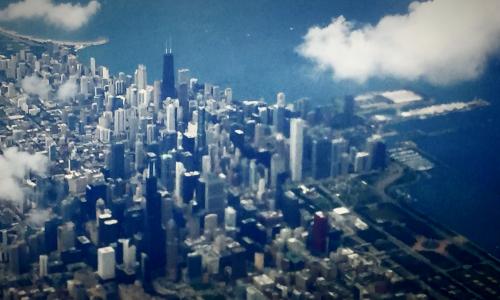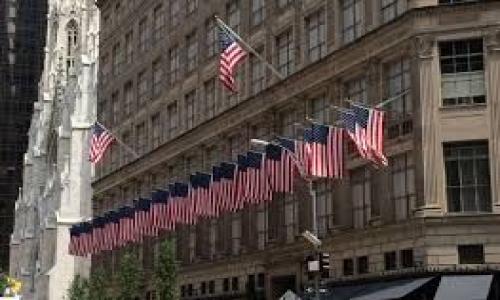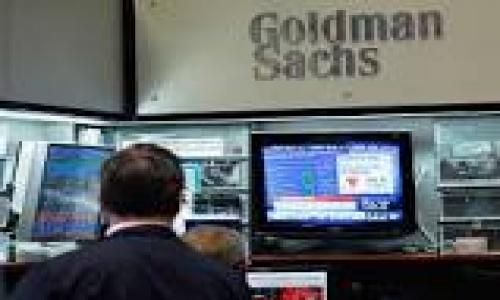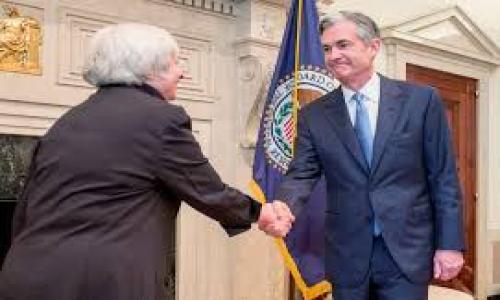Savings and CD rate averages continued to decline last week, with the one year CD average falling from .428% to .425% APY. Online savings rates from the banks offering the top 30 nationally available rates remained steady at .428% APY. As the chart shows, average CD rates have headed inexorably lower while average online savings rates as followed by BestCashCow have remained somewhat steady over the past year.

Should a saver open a savings account or a CD? A shorter-term CD or a longer one? The chart below shows the comparison between the yield of a 5-year CD and a 1-year CD. Notice that this difference has shrunk considerably over the past year as the yield on 5-year CDs has dropped by more than the yield on a 12-month CD.

While the spread started the year at 1% or 100 basis points, it is now .793. As a comparison, in 2008, this spread stood at .43% while in 2010 it went as high as 1.56%. So right now, it's somewhere in the middle. Why does this matter. Because back in 2010 banks were paying a saver a lot more to invest in a 5 year CD versus a 1 year. Today, banks are giving about half the premium they did a few years ago to lock up your money for 5 years. In 2012, I advised savers to consider investing in 5-year CDs because of this premium, becasue economy looked stuck for quite some time, and because inflation did not appear to be a problem. Now, with the premium down, and the economy growing (albeit not that fast) it's a bit of a harder case to make. Consumers might want to consider laddering their CD portfolio in this rate environment.
What about the comparison between savings and CDs?

This spread has actually been growing. Online savings rates have, for the most part, maintained their rates while CD rates continue to fall. For short term savings, it appears to make more sense to park money in an online savings account versus a CD.
Note that research I conducted and subsequently published in the Wall Street Journal (The Hunt for Higher Bank Yields) concluded that when considering where to deposit money, consumers will get the best savings account rate from an online bank, and the best CD rates from local, brick and mortar banks. That's why I've used online savings and money market accounts for this analysis.
Interest Rate Outlook
So, which way rates? In its FOMC statement released on October 24, 2012, the Fed reiterated that it plans to keep rates at 0% at least through 2015.
To support continued progress toward maximum employment and price stability, the Committee expects that a highly accommodative stance of monetary policy will remain appropriate for a considerable time after the economic recovery strengthens. In particular, the Committee also decided today to keep the target range for the federal funds rate at 0 to 1/4 percent and currently anticipates that exceptionally low levels for the federal funds rate are likely to be warranted at least through mid-2015.
Inflation remains low, unemployment high, and economic activity subdued. In addition, reports to us from banks continue to indicate that most of them have more deposit money than they know what to do with. As the Fed drives down the yield on Treasuries by extending the maturities it holds, it will require banks to lower their deposit rates. Many banks are parking their excess cash in Treasuries. Eric Dash and Nelson D. Scwartz did a nice article on this for the NY Times: Banks Flooded with Cash They Can't Profitably Use.
There is hope, albeit dim, on the horizon for savers. The economy is growing with housing showing some strong gains in sales and prices. After four years of a housing crush we may be finally making some progress. Marketwatch also had an article (Countdown to Change at the Fed) on how the election might change the dynamic at the Fed. No matter who wins, Chairman Bernanke will most likely be departing soon and the new Chairman may be more inclined to raise rates.
Bloomberg published an interesting article entitled Sorry, U.S. Recoveries Really Aren’t Different by economists Carmen M. Reinhart and Kenneth S. Rogoff that discusses their research on how economies fare after a recession or depression brought on by a banking crisis. They examined similar recessions/depressions in U.S. history.
"So how many years did it take for per-capita GDP to return to its peak at the onset of the crisis? For the 1873 and 1893 (peak is 1892) crises, it was five years; for the Panic of 1907 (peak is 1906), it was six years; for the Depression, it took 11 years."
Past economic downturns suggest that it takes between 5-11 years to patch up the damage from a banking created crisis. We're now four years into our recovery. The "Great Recession" does not compare to the Depression so let's say 5-6 years is what it will take. That means by next year or 2014 we will start to see some real improvement.
My take: rates will continue to drift lower for the next 12 months. After that, it's hard to tell. I suspect that rates may go up before 2015.
For now though, savers can make the best of a tough situation by getting the very best rates on their money. Remember, even in today's environment, there is competition for your cash.
I hope this is helpful. If it is, let me know and I'll keep writing. Drop me a note or post a comment below.
Have a nice weekend. Until next week...













Add your Comment
or use your BestCashCow account